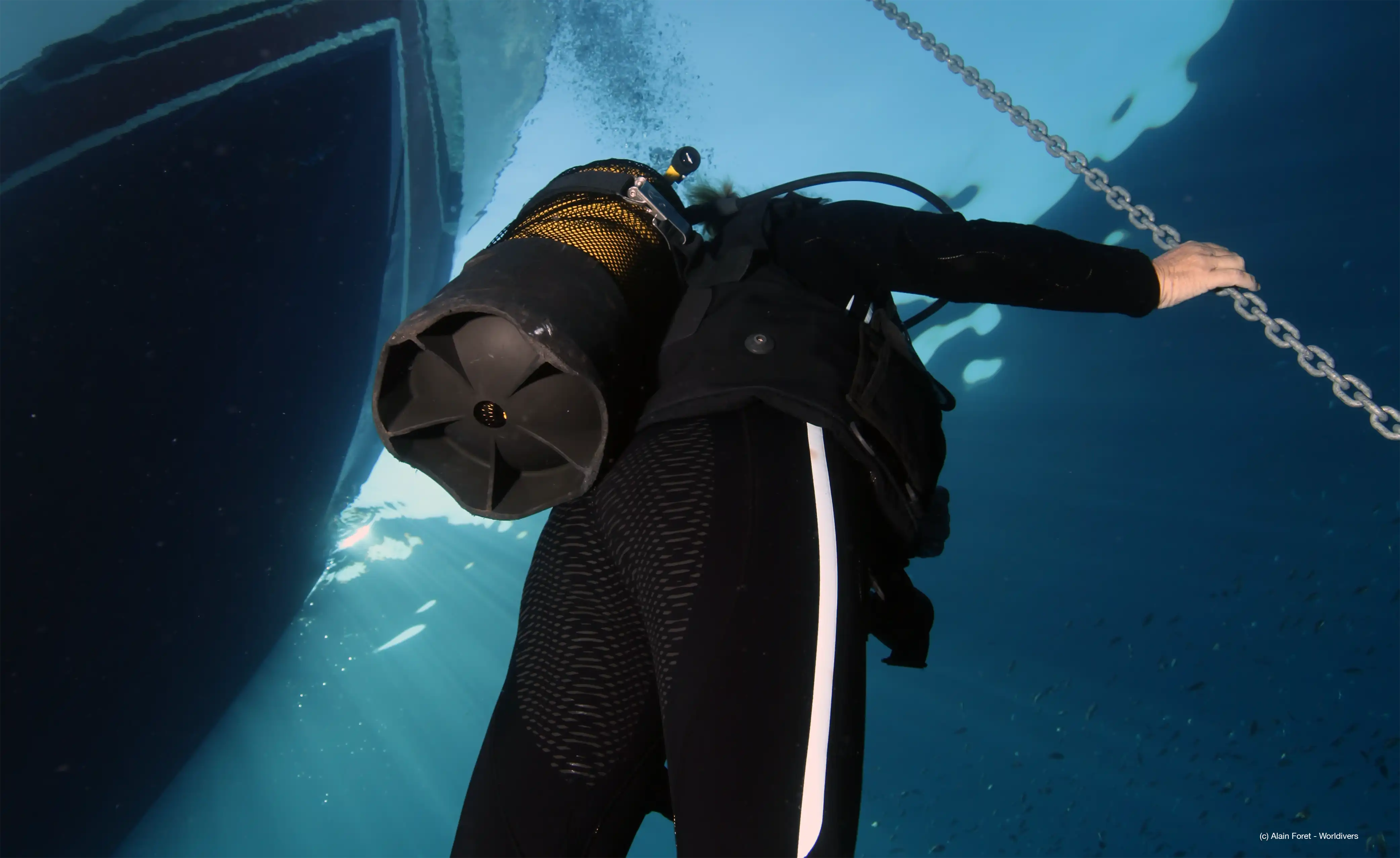Correct ascent rate

The correct ascent rate
Following the Biomechanics of Safe Ascents Workshop in 1990 [1], everyone agreed on an ascent rate of 10 m/min.
According to Bennet and Elliott, ‘Today, an ascent rate of 10 m/min (33 feet per minute) is adopted by a large number of dive computers, the US-Navy and training organisations’ [2].
Ascent rates of around 15 to 18 m/min (previously used, and still used in some computers) are too fast.
Above 18 m/min, speeds are excessive.
Rate of ascent between stops
A little history
In 1878, Paul Bert, who highlighted the role of nitrogen in desaturation accidents, proposed ‘sufficiently slow’ desaturation, with a stop at half depth and an ascent rate of around 1 m per minute.
In 1908, J.-S. Haldane, who created the first diving tables, recommended a speed of around 10 m/min, with an acceptable zone of between 5 and 14 m/min depending on depth.
Until 1957, ascent speeds remained around 8 to 10 m/min.
From 1958 onwards, a controversy arose between the frogmen of the US-Navy (Cdr. Francis Douglas Fane) and the heavy-footed divers. The former demanded a speed of 30 m/min, while the latter stuck to an ascent speed of 3 to 6 m/min. After bitter discussions, a purely arbitrary compromise was reached.
It was decided to define a median value: (30 + 6) / 2 = 18 m/min.
This is the ascent rate of the US-Navy tables (in force from 1958 to 1993), the RDP-PADI tables (which are simply an adaptation of the US-Navy tables) and the MN-90 tables (17 m/min then 15 to 17 m/min). We now know that this speed is too fast.
The ascent rate is not part of the modelling
Contrary to popular belief, the ascent rate is not part of the desaturation modelling. It is one of several parameters (e.g. atmospheric pressure, water density, etc.) that can be modified.
For example:
- In February 1993 [3], US-Navy recalculated its tables from 18m/min to 10m/min without changing its set of parameters.
- In 2023, the MN90 table (French Navy) was recalculated with an ascent speed of 12 m/min, thus creating the Marine Nationale 2023 tables.
- The DCIEM model, initially planned with an ascent speed of 18 m/min, can be recalculated, without modifying the modelling, with a speed of 10 m/min.
To sum up
- 10 m/min (9 to 12 m/min in practice) from the bottom;
- 6 m/min between stops and between the last stop and the surface.
[1] Lang MA, Egstrom GH, eds. Biomechanics of Safe Ascents Workshop. AAUSDSP-BSA-01090, Costa Mesa, CA: American Academy of Underwater Sciences, 1990.
[2] Bennet et Elliott, Physiology and Medicine of Diving, Saunders, 2003, p. 471.
[3] U.S. NAVY, Diving Manual revision 3, 15 February 1993.









